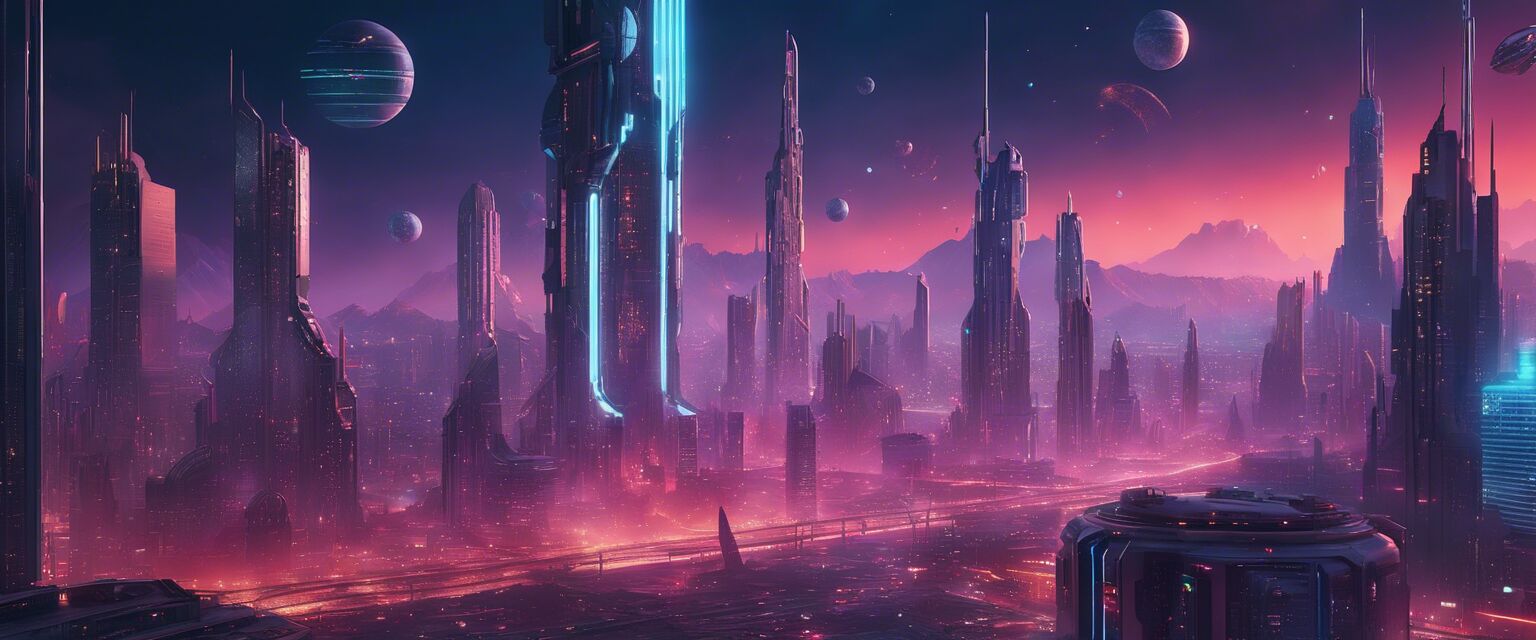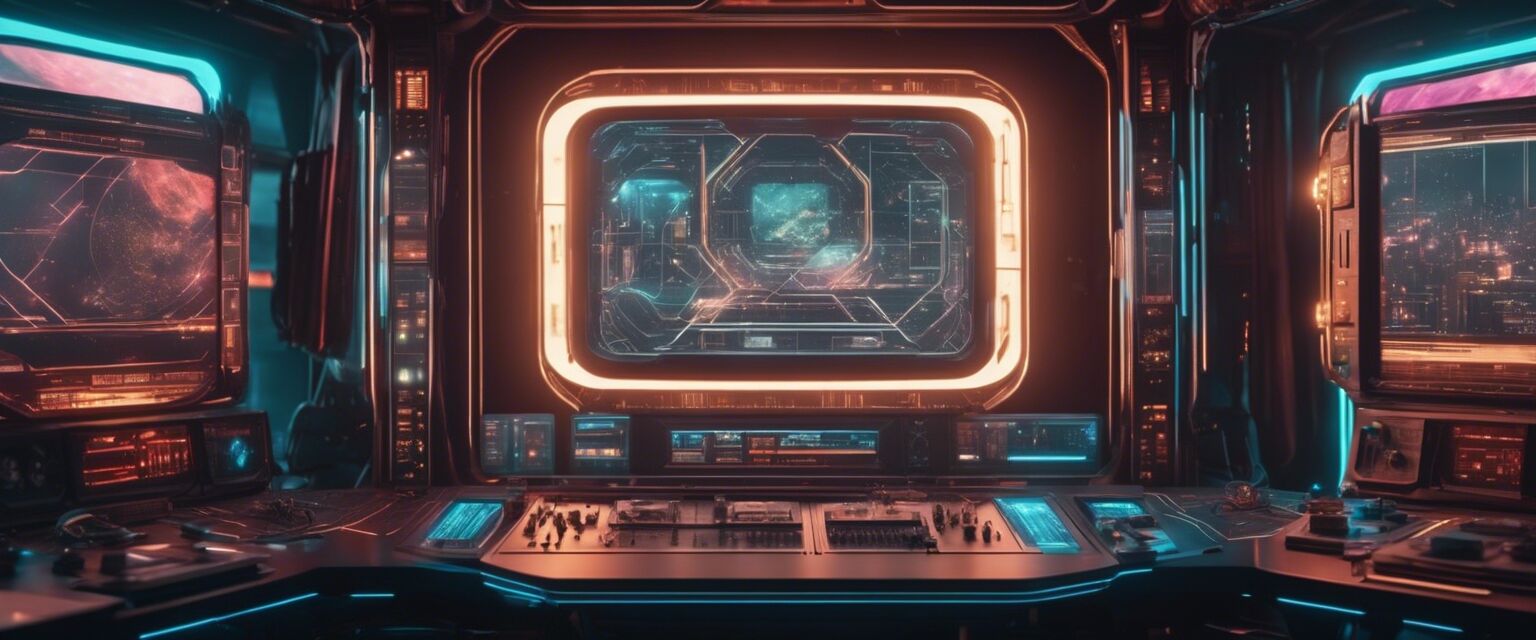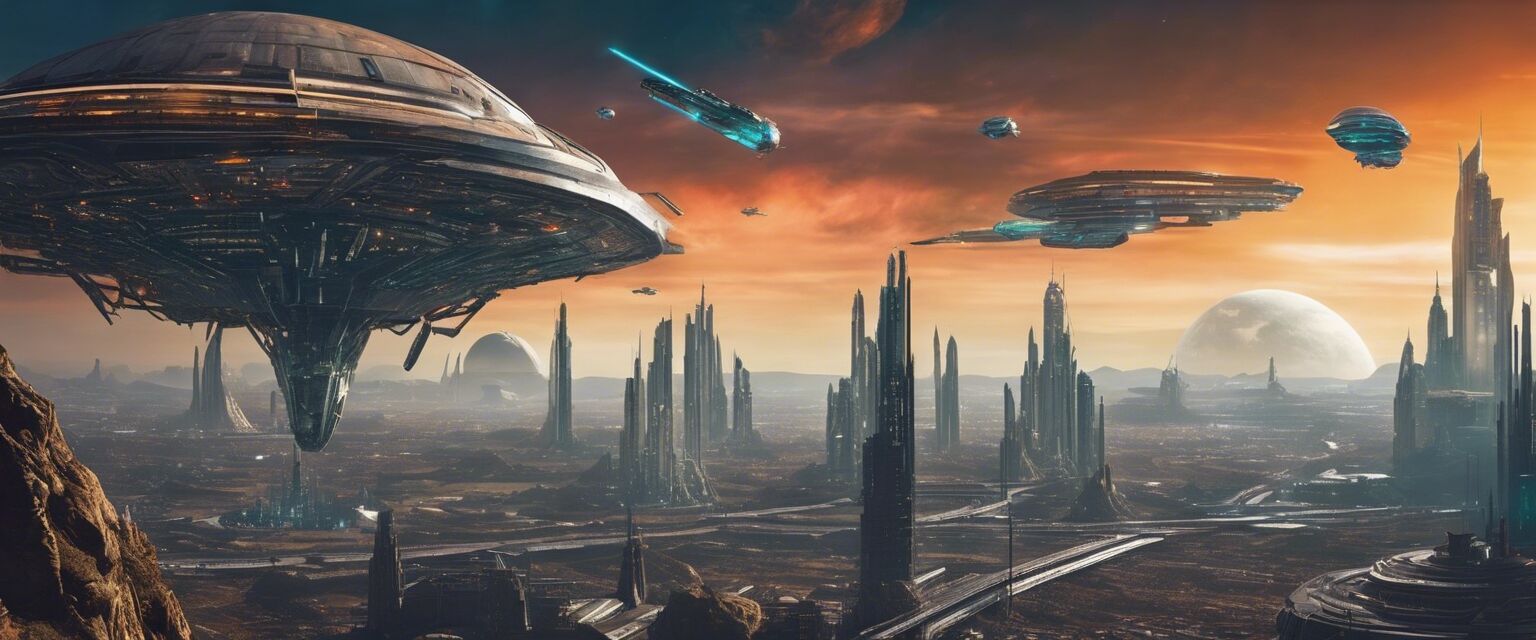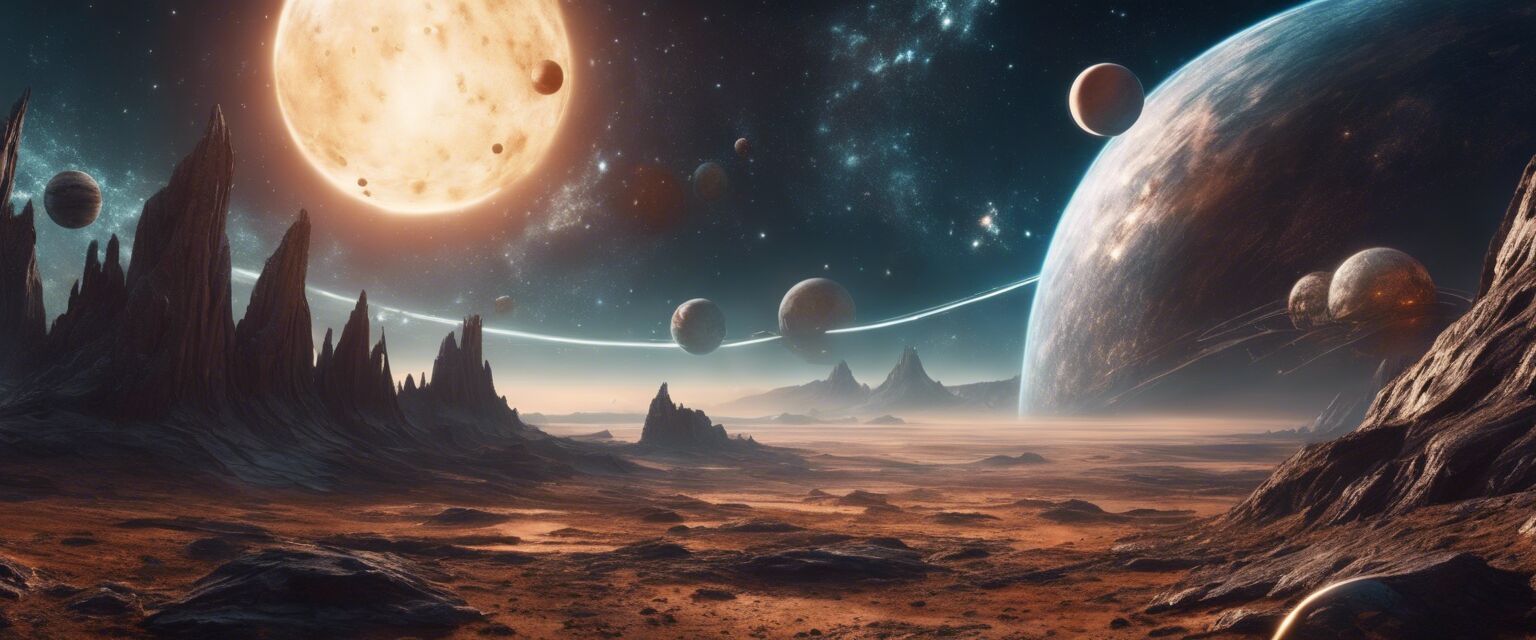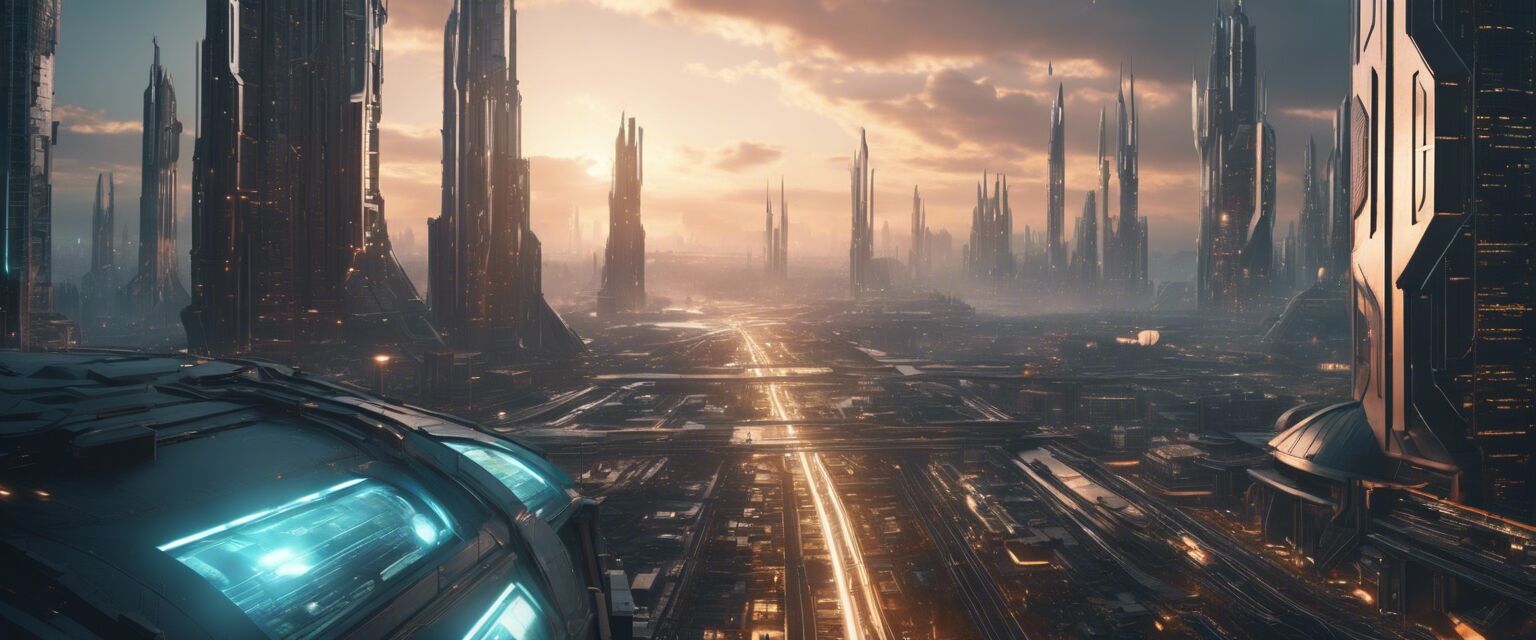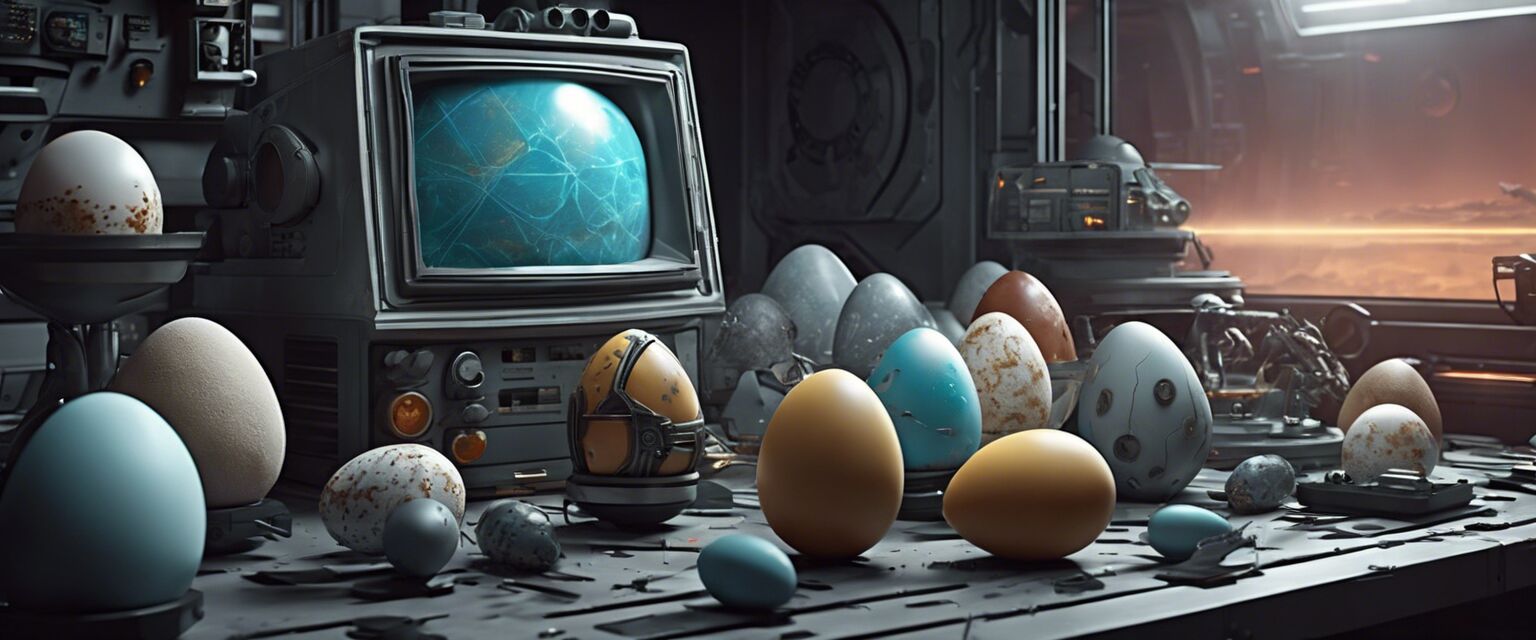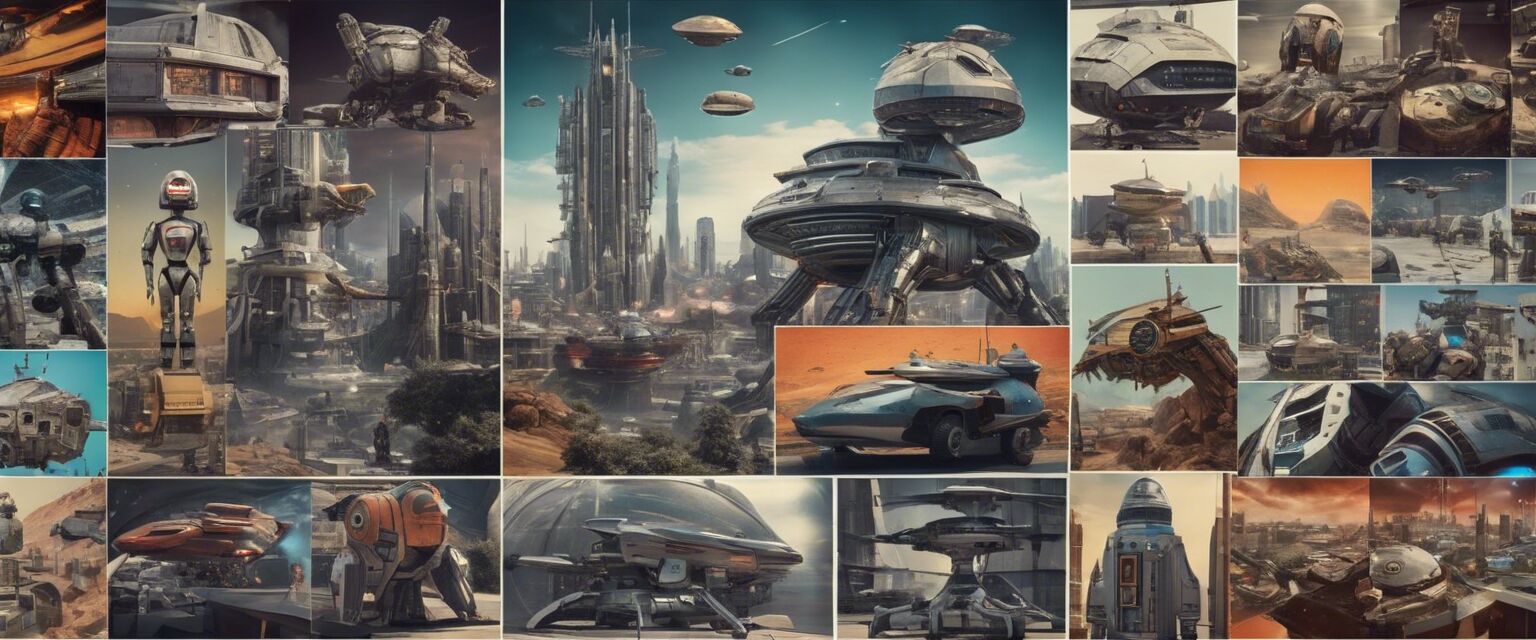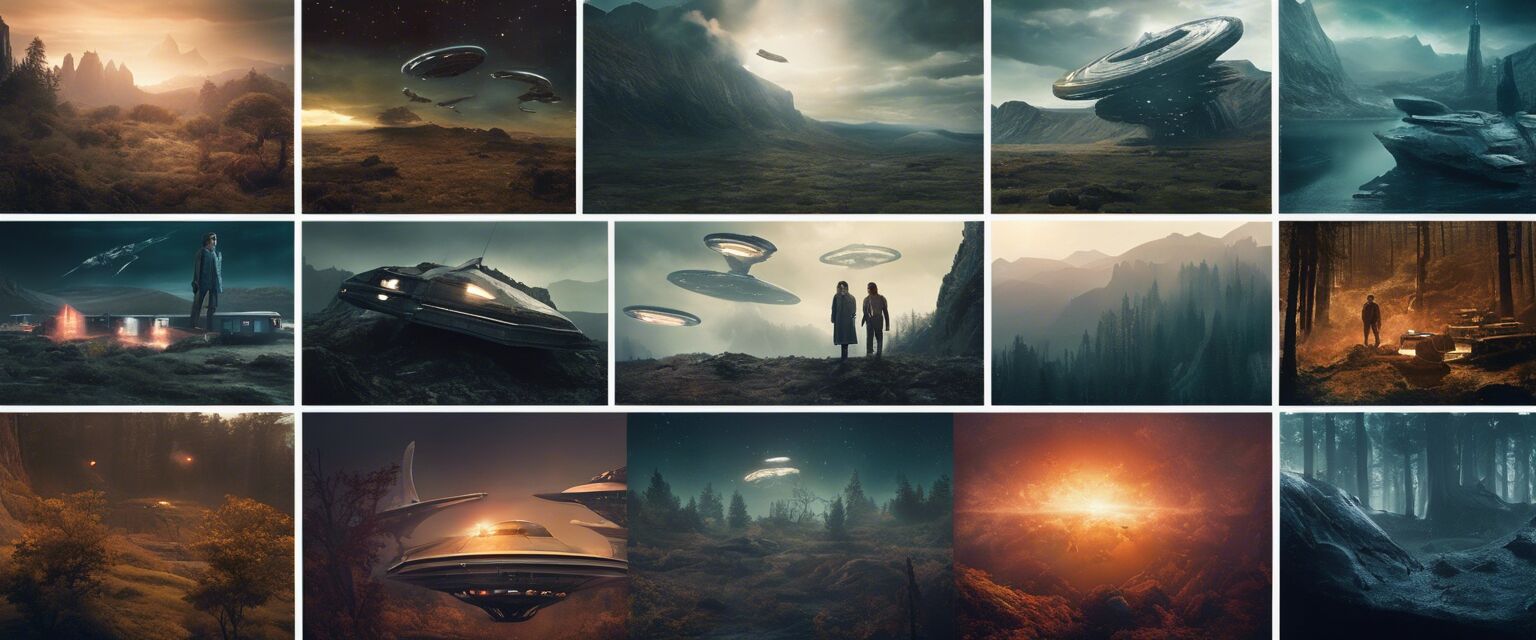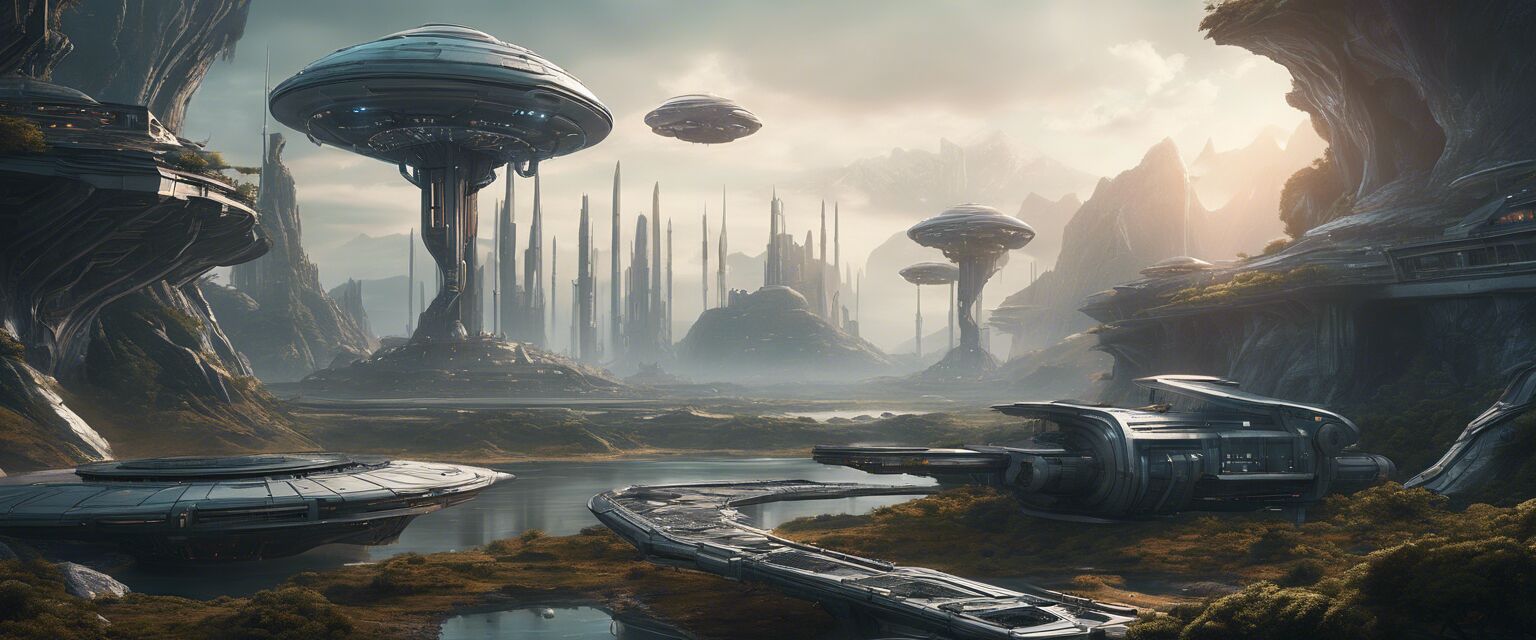
Behind the Scenes of Sci-Fi TV
Key Takeaways
- Explore the creative processes behind your favorite sci-fi TV shows.
- Discover production secrets that bring alien worlds to life.
- Understand the importance of visual effects, set design, and costumes in science fiction.
- Learn about notable behind-the-scenes teams and their contributions.
Dive deep into the mesmerizing world of science fiction television. Behind every great sci-fi show is a team of talented individuals working tirelessly to bring imaginative worlds and stories to life. From visual effects to set design, every detail plays a critical role in creating the fantastical experiences we enjoy on screen.
Understanding the Production Process
The production process of sci-fi television series can be divided into several key phases:
- Pre-production
- Production
- Post-production
- Marketing and Distribution
Pre-production
This phase involves planning and preparation. Writers create scripts while directors and producers outline the vision for the show. Key activities include:
- Scriptwriting
- Casting actors
- Location scouting
- Budgeting
Production
During the production phase, the actual filming takes place. This includes:
- Shooting scenes
- Directing actors
- Creating visual effects on set
Post-production
This stage focuses on editing the filmed material, including:
- Video editing
- Sound design and mixing
- Visual effects integration
Marketing and Distribution
Finally, the completed show is marketed and distributed to viewers through various platforms, which may involve promotional events, social media campaigns, and merchandise.
The Art of Set Design in Sci-Fi TV
Set design is crucial in establishing the fascinating atmospheres and environments characteristic of sci-fi. A well-designed set can transport viewers to other worlds. Consider these vital aspects:
| Aspect | Importance |
|---|---|
| Color Palette | Sets the emotional tone and ambiance. |
| Props | Enhances storytelling by adding context. |
| Architectural Details | Conveys the uniqueness of different worlds. |
Costume Design: Creating Memorable Characters
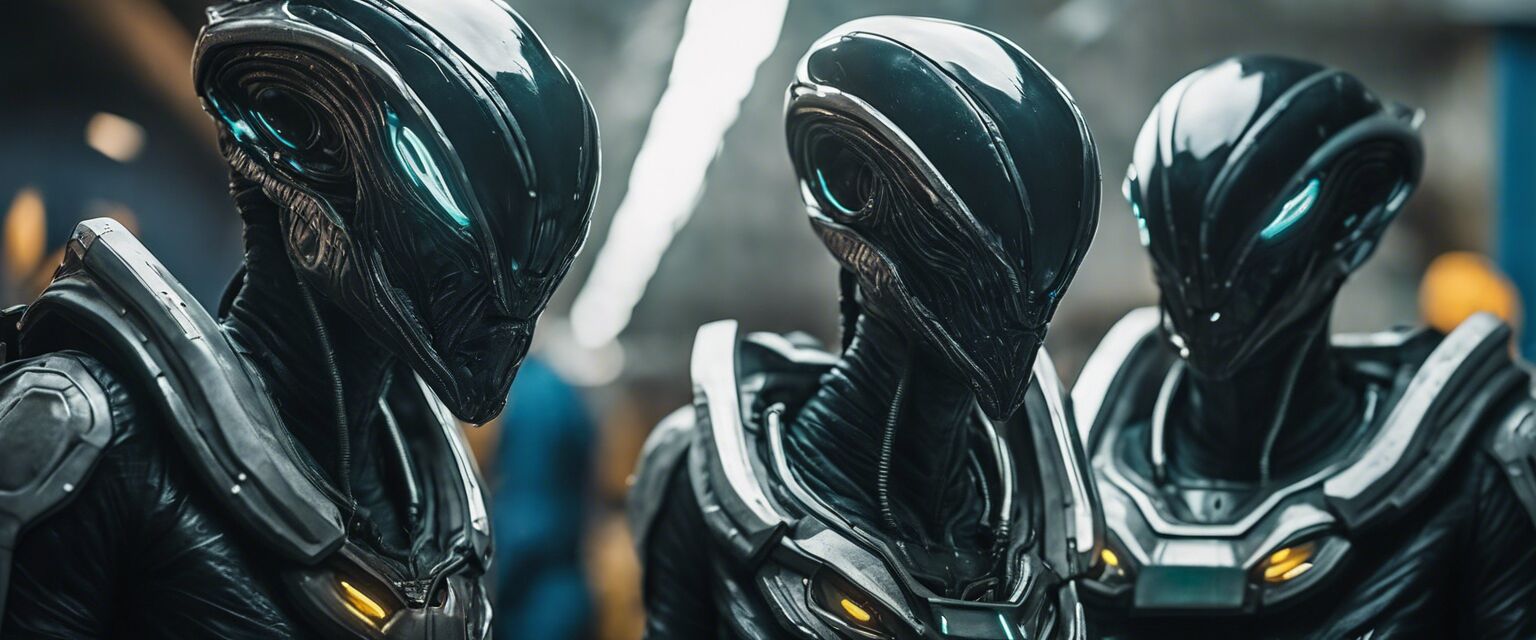
Costume design plays a significant role in defining characters, making them memorable and relatable. Important factors include:
- Character background
- Functional versatility
- Visual symbolism
The Role of Visual Effects
Modern sci-fi heavily relies on visual effects (VFX) to create stunning worlds and experiences. Hereâs how VFX contributes to the genre:
- Enhancing realism through CGI
- Creating alien creatures and environments
- Incorporating practical effects for interaction
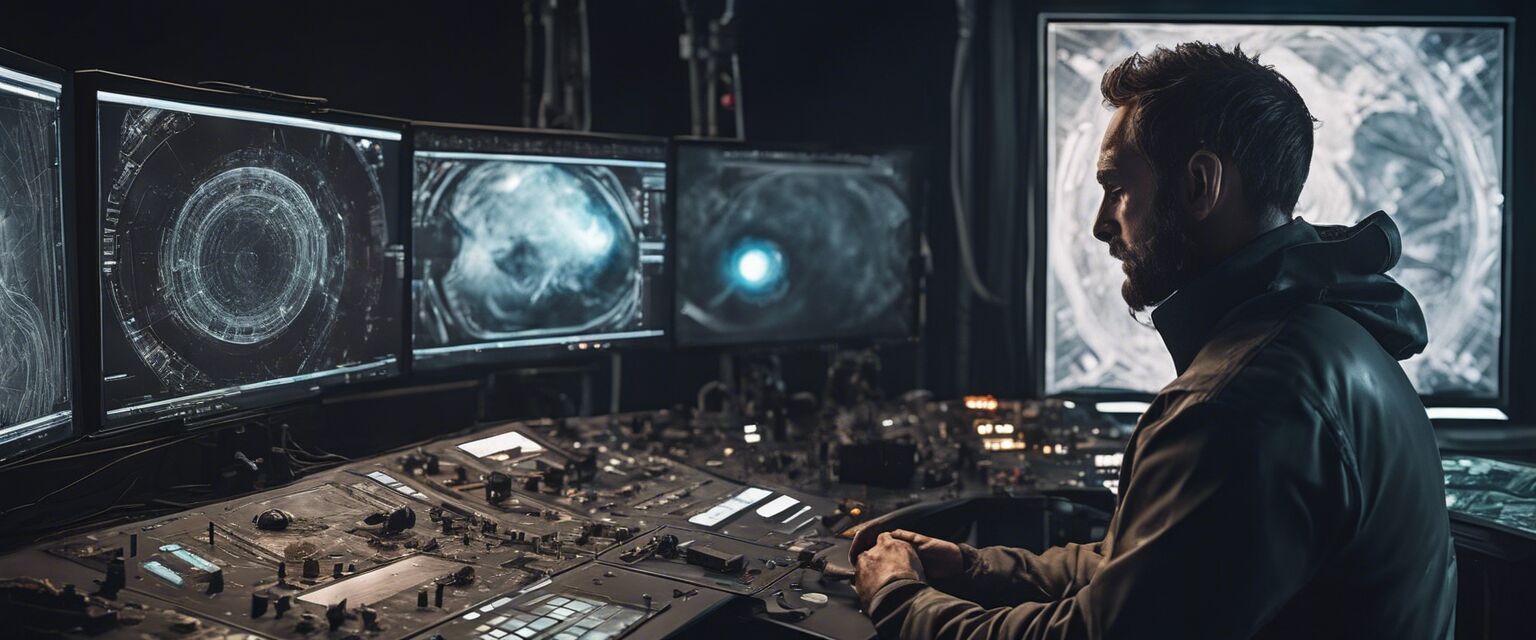
Key Behind-the-Scenes Teams
Several teams work behind the scenes to breathe life into sci-fi shows:
| Team | Role |
|---|---|
| Writers | Create compelling narratives and dialogue. |
| Directors | Oversee the creative vision and execution. |
| Art Department | Design and build the sets and props. |
| Cinematographers | Capture the visuals and set the mood. |
| Visual Effects Artists | Create and integrate CGI elements. |
Inspiration from Sci-Fi Classics
Many modern sci-fi shows take inspiration from classics. Discover noteworthy examples in our detailed movie reviews section.
Fan Engagement and Community
The sci-fi community thrives on fan engagement. From forums to fan art, the passion of viewers fosters creativity and connection.
- Participate in discussions on forums and discussions
- Create and view fan art in the Fan Art section
- Check out related merchandise at Merchandise
Conclusion
Understanding the behind-the-scenes work that goes into sci-fi television enhances appreciation for the genre's artistry and creativity. By learning about the processes, teams, and techniques involved, fans can enjoy a deeper connection to their favorite shows.
Pros
- Enhances viewer understanding of the creative process.
- Showcases the teamwork that brings stories to life.
- Encourages viewers to appreciate practical and visual effects.
Cons
- Can lead to viewers overthinking rather than enjoying the show.
- Not all shows provide detailed behind-the-scenes documentation.
Tips for Engaging with Sci-Fi Content
- Join online communities to discuss episodes and theories.
- Follow shows on social media for exclusive behind-the-scenes content.
- Participate in conventions to meet creators and fans.
